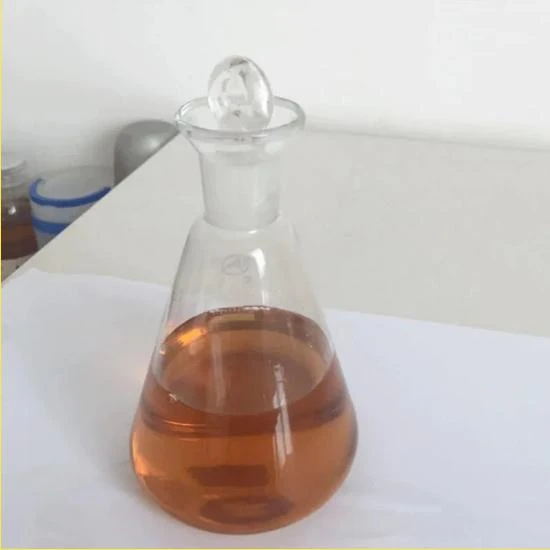
Exploring E914 Food Additive and Its Impact on Food Safety and Quality
Understanding E914 Food Additive A Comprehensive Overview
Food additives play a crucial role in modern food production and preservation. Among the myriad of additives used, E914 is one that often raises questions and concerns among consumers. This article aims to provide an in-depth understanding of E914, its sources, functions, and the debates surrounding its safety.
E914, also known as shellac, is a natural resin secreted by the lac bug, primarily found in India and Thailand. The resin is harvested, processed, and refined to create a glossy coating often used in various food products. Shellac has been utilized for centuries, not only in the food industry but also in pharmaceuticals and cosmetics, due to its film-forming capabilities and stability.
Understanding E914 Food Additive A Comprehensive Overview
Furthermore, E914 is used in the production of certain types of chocolates and baked goods. Its ability to prevent sugar bloom in chocolates is particularly valued, as it helps maintain a smooth and attractive surface. In baked goods, shellac can contribute to a shiny crust, enhancing the overall aesthetic appeal of the product.
e914 food additive

Despite its natural origins, the use of E914 is not without controversy. Some consumers are concerned about its source and the manufacturing process. Shellac, being an insect-derived product, raises questions for those following a vegan lifestyle or adopting a vegetarian diet. However, it is important to note that shellac is classified as halal and kosher, making it suitable for a broader audience.
The safety of E914 has been evaluated by various food safety authorities, including the European Food Safety Authority (EFSA) and the U.S. Food and Drug Administration (FDA). Both organizations have deemed shellac safe for consumption within regulated limits. Nevertheless, like many food additives, it can provoke allergic reactions in sensitive individuals. As such, it is essential for manufacturers to label products containing E914 clearly, enabling consumers to make informed choices.
The debate surrounding food additives often centers around transparency and consumer awareness. Many consumers prefer products that do not contain additives, advocating for a more natural approach to food consumption. This has led to a growing demand for organic and additive-free products, impacting how manufacturers formulate their offerings. In response, some companies have begun exploring alternative glazing agents that align with consumer preferences while still delivering the desired results.
As the demand for clarity and transparency continues to rise, educational initiatives are crucial for helping consumers understand additives like E914. Knowledge empowers consumers to make informed decisions regarding their food choices. It's vital to distinguish between harmful additives and those that are generally regarded as safe, like E914.
In conclusion, E914, or shellac, is a multifaceted food additive used extensively for its glazing properties and effectiveness in extending shelf life. Its natural origin and established safety profile make it a popular choice among food manufacturers. However, the ongoing discussions regarding food additives and consumer preferences underscore the importance of clear labeling and information dissemination. As we move forward into an era of increased demand for transparency in food production, understanding the role of additives like E914 will become even more relevant, ensuring that consumers are equipped with the knowledge necessary to navigate the complexities of modern food choices. Whether one embraces food additives or prefers a more holistic approach to diet, awareness and education remain paramount in fostering informed consumer habits.
-
Pure Sodium Dichloroisocyanurate Dihydrate | Powerful DisinfectantNewsAug.29,2025
-
Industrial Chemicals: Quality & Purity for Every IndustryNewsAug.28,2025
-
Nitrile Rubber Honoring Strict Production StandardsNewsAug.22,2025
-
Aspartame Ingredients Honoring Food Safety ValuesNewsAug.22,2025
-
Fertilizer for Balanced Plant NutritionNewsAug.22,2025
-
Cyanide Gold Processing with High Purity AdditivesNewsAug.22,2025
-
Formic Acid in Textile Dyeing ApplicationsNewsAug.22,2025
Hebei Tenger Chemical Technology Co., Ltd. focuses on the chemical industry and is committed to the export service of chemical raw materials.
-

view more DiethanolisopropanolamineIn the ever-growing field of chemical solutions, diethanolisopropanolamine (DEIPA) stands out as a versatile and important compound. Due to its unique chemical structure and properties, DEIPA is of interest to various industries including construction, personal care, and agriculture. -

view more TriisopropanolamineTriisopropanolamine (TIPA) alkanol amine substance, is a kind of alcohol amine compound with amino and alcohol hydroxyl, and because of its molecules contains both amino and hydroxyl. -

view more Tetramethyl Thiuram DisulfideTetramethyl thiuram disulfide, also known as TMTD, is a white to light-yellow powder with a distinct sulfur-like odor. It is soluble in organic solvents such as benzene, acetone, and ethyl acetate, making it highly versatile for use in different formulations. TMTD is known for its excellent vulcanization acceleration properties, which makes it a key ingredient in the production of rubber products. Additionally, it acts as an effective fungicide and bactericide, making it valuable in agricultural applications. Its high purity and stability ensure consistent performance, making it a preferred choice for manufacturers across various industries.





